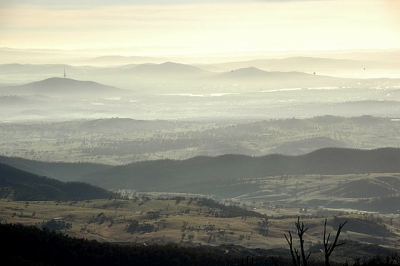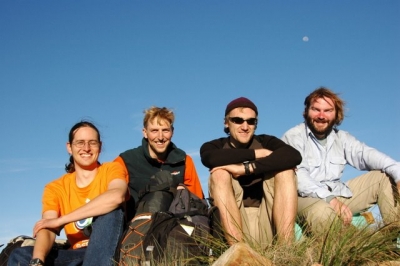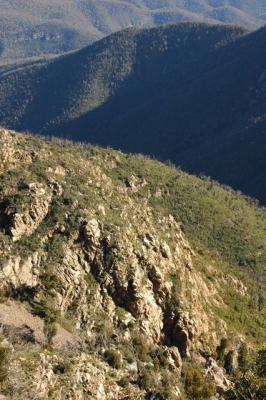Not much is going on other than that i’m freezing my arse off in the house. They say it’ll get even colder so im going to get a heater soon. But nevermind that. Last week I took a break from my research project by attending a 3-day workshop on communicating science. We practised how to hold presentations about your research and how to write a newspaper article in laymans terms. I know I know that there are science journalists who do this for a living, but just imagine that as a scientist you often get asked yourself to explain your research. To one of these journalists for example. How would you fare? Well let me tell you the absolute truth. You’d do miserably! That much have I learned at this workshop. Science is littered with terminology the simple mind has never heard of. You’d describe processes that they cannot relate to in every day life. How do you expect to sell science to the general public if they cannot understand a word you are saying in the first place? So that’s what this workshop focused on. It took me two long nights to finally get my research in words that most people (“a well read 12 year old”) could understand, nevermind that it’s not exactly what my research is dealing with. So below is my latest version of a news article about my research. It’s by far not finished before it would be something that could be entered in a news paper. The other thing at the workshop was giving presentations. That was nerve racking! Even though they had to be short, the amount of attention to detail is immense. How do you stand? What do you do with your hands? Do you look at the audience? Do you engage them? How’s your voice? No uhms, or ah’s? Loud and clear? Not too fast? Do you include pauzes? etc etc. Definitely things to look for when giving a presentation next time be it to a general audience or your science group.
______________________________
The Earth is a hard boiled egg
CANBERRA: Scientists at the Research School of Earth Sciences at ANU
hope to prove that the Earth’s mantle is actually solid. The previous
Earth model represented an unboiled egg with a liquid interior.
However, new evidence points at the Earth to be just like a hard boiled
egg with a shell called the crust, the solid eggwhite is the mantle and
the yellow yolk in the centre represents the core.
We know that sound travels differently through different materials. In
Western movies it is often observed that the cowboy puts his ear to the
ground to hear his approaching enemies on horses long before he can hear
them otherwise. Sound travels faster through rocks (a solid) than
through a liquid. This phenomenon supported the previous Earth model
with slower sound waves in the molten liquid mantle.
However, this may prove to be incorrect using new laboratory studies
where rocks sampled from volcanoes are exposed to high temperatures and
pressures and the speed of sound is measured within them. According to
Mr. Farla, the lead scientist “these rocks are not molten but contain
varying amounts of tiny cracks, smaller than the diameter of a hair or
even smaller than a blood cell. These micro-cracks can theoretically be
responsible for slowing down sound waves.”
To understand how micro-cracks in rocks slow down sound waves imagine a
crack as a long piece of string with foam cups attached on either end.
One person talks into the cup and the other person far away holds the
cup to his ear and listens. When the string is tight and straight it is
possible to hear what is said in the cup as sound travels as vibrations
in the string. But when the string is slack this wont work because the
vibrations die out before they reach the other end.
If this theory proves correct then our understanding of the structure
of the interior of the Earth will be greatly improved. The application
of such knowledge includes mapping, better understanding of continental
drift and discovering geologically active planets and moons, which in
theory would be able to support life just like on earth.








